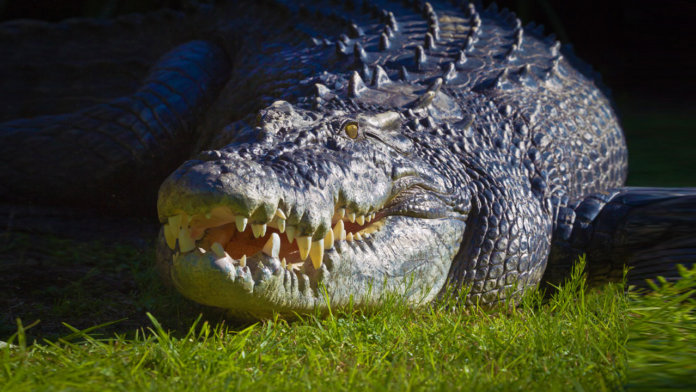Most predatory animals can kill and eat people if they are very hungry. But animals that purposefully hunt bipedal prey are rare.
Introducing the top 10 most famous man-eating animals in history.
10. Sharks from New Jersey
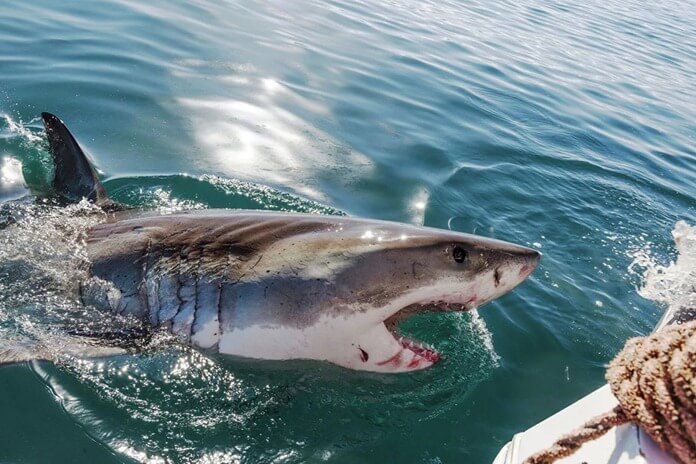 The number of victims - 4 dead, 1 wounded.
The number of victims - 4 dead, 1 wounded.
Currently, the white shark is considered one of the the biggest sharks in the world, and is one of the most dangerous predators on the planet. However, in 1916, people were not overly afraid of shark attacks. But in vain. Subsequently, it was the shark attack from New Jersey that inspired Peter Benchley to write the book "Jaws", which was the basis of the cult film by Steven Spielberg.
The first victim, Charles Vansant, was attacked in shallow water. The shark's teeth tore through Vansant's femoral artery and tore his leg to shreds. The man lost a lot of blood and died before he could be taken to hospital.
Five days later, another man, Charles Bruder, was attacked by a shark, but this time away from the coast. Witnesses initially reported seeing a red boat upside down, in fact it was soaked in Bruder's blood.
The next attacks did not take place at sea, but in a river near the city of Matavan. The victims were two boys and a man named Stanley Fisher. Although one of the boys was badly injured, he was the only surviving victim.
Soon, a white shark was caught, and the remains of a person were removed from its stomach. After that, white sharks earned their reputation as cannibals. However, scientists still do not know how many predators then hunted people, and to what species they belonged.
9. Brown bear from Sankebetsu, Japan
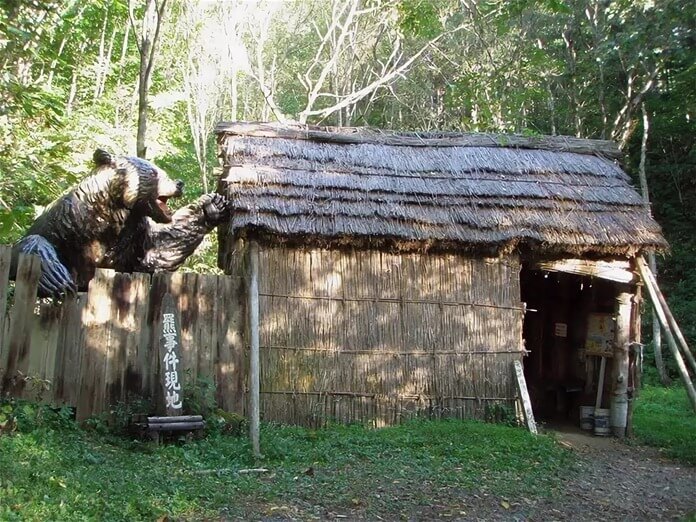 Killed 7 people.
Killed 7 people.
At dawn in mid-November 1915, a giant brown bear appeared at the Ikeda family's home in the village of Sankebetsu, about 11 kilometers off the west coast of Hokkaido. He took the corn harvested by the people and fled. In those days, Sankebetsu was newly inhabited and invasions of wild animals were not uncommon.
When the bear reappeared, he was shot, but it was not possible to kill the beast. The next morning, the people followed the bear's tracks, but the blizzard forced them to turn back. They believed that an injured predator would no longer raid a settlement.
However, in December 1915, a bear broke into the Ota family's home. He killed the farmer's wife and child. And a group of 30 hunters who went to track down the bear only managed to injure him.
In a short time (between December 9 and 14), an angry connecting rod besieged the villages of Sankebetsu and Rokussen-sawa, killing seven peasants, including a pregnant woman. They managed to kill him only with the help of an experienced hunter Yamamoto Heikichi, who suggested that it was a bear nicknamed Kesagake, who had killed people before.
After killing the monster, it turned out that its height was three meters, and its weight was 380 kilograms.
8. Wolves from Turku
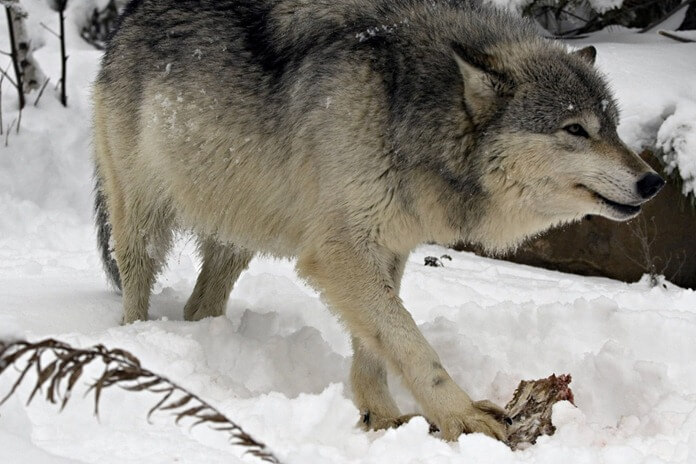 22 children were killed.
22 children were killed.
Finland is now a calm and safe country.However, at the end of the 19th century, a trinity of wolves raged on its territory, which in the period from 1880 to 1881 killed and ate 22 children near the city of Turku.
The average age of the victims of these wolves was 5.9 years. Their attacks caused such anxiety among local residents that the local and national governments called in Russian and Lithuanian hunters and the army to help. The wolves killed their last victim on November 18, 1881. On January 12, 1882, an old she-wolf was shot, and twelve days later, an adult male was poisoned. The third wolf disappeared without a trace.
7. Bear from Mysore
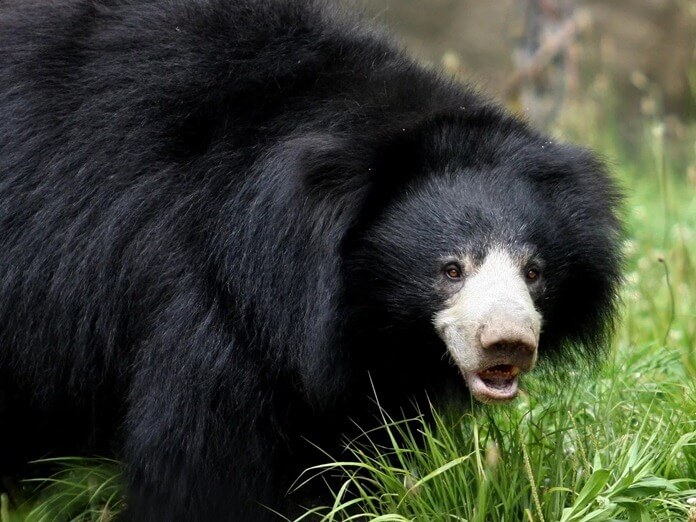 The number of victims is 30 people.
The number of victims is 30 people.
Bears sometimes see humans as prey, but the vast majority of bear attacks of all kinds are not cannibalistic in nature.
One example of man-eating bears is the beast from Mysore that terrorized people around Bangalore, India in 1957. As a result, the bear killed a dozen people and maimed twice as many, although it ate only a few of its victims. Locals believed that he was taking revenge on people for his killed cubs.
6. Leopard from Rudraprayag
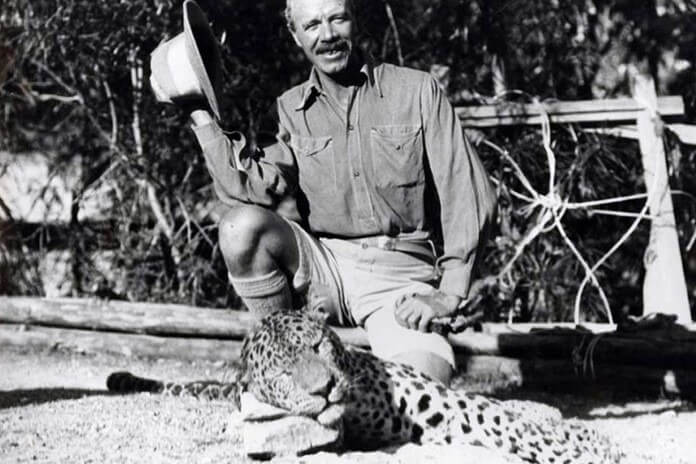 Killed and ate at least 125 people.
Killed and ate at least 125 people.
Leopards are beautiful, fast and graceful predators. But can they be considered some of the scariest killer animals in the world? It turns out that it is possible that this spotted monster, which terrorized the Indian district of Rudraprayag from 1918 to 1926, proved.
By the way, the leopard is one of the most ancient predators on Earth. Leopard bite marks have been found in the fossils of hominid bones, indicating that these feral cats ate our ancestors who lived more than three million years ago.
5. Tsavo man-eating lions
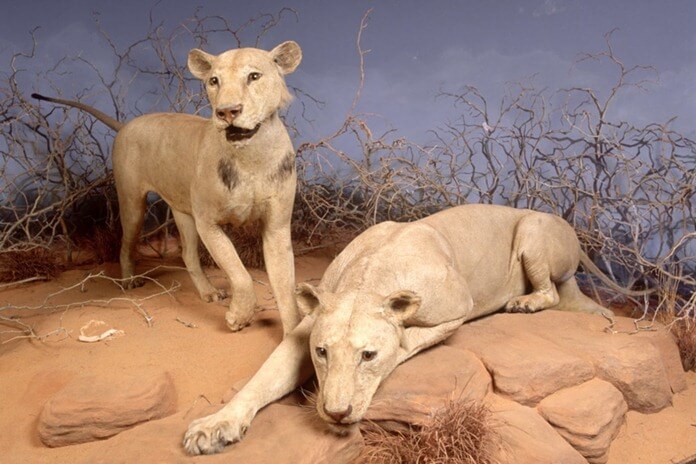 According to various sources, from 28 to 135 people were killed.
According to various sources, from 28 to 135 people were killed.
For the first time, but not the last time, lions have featured in the ranking of the most feared man-eating beasts in history.
This pair of large and ruthless males put their paws on the deaths of many workers building a bridge over the Tsavo River in Kenya in 1898.
Lions came at night, burst into people's tents and killed them. The attacks continued for most of the year, with all attempts to defend themselves with fire and fencing failed.
In the end, after dozens of deaths (the exact number of deaths is unknown), the two lions were shot and their remains are on display at the Field Museum of Natural History in Chicago.
4. Gevodan beast
 The total number of attacks ranges from 88 to 250 according to various sources.
The total number of attacks ranges from 88 to 250 according to various sources.
The mystical story of this man-eating beast, considered by many to be a werewolf, is one of the most famous in French folklore.
Starting on June 1, 1764, the creature, which has not yet been fully identified, began a campaign of terror against the inhabitants of the small province of Gevaudan in southern France.
The nature of the Beast's attacks was terrifying. Several reports indicated that the head and neck of the victims were usually the most damaged parts of the body, suggesting that the Beast targeted this area of the body. People began to wonder if this wolf was hunting for pleasure. After all, if there was cattle next to a person, the Beast preferred to attack precisely the person.
Many hunters tried to track down and kill the Gevodan beast. A huge number of wolves were exterminated in the province, but the cannibal attacks continued until 1767, when the local innkeeper Jean Chastel and a group of more than 300 hunters finally tracked down the creature. Later, rumors spread that Chastel used a silver bullet to kill the Beast.
The killed animal had an overly large head with large fangs and a highly elongated muzzle, as well as very long legs. The presence of a thin membrane capable of covering the eyeball also aroused interest. According to some cryptozoologists, the Gevodan beast could have been a relict saber-toothed tiger or Andrewsarchus - a huge predator, considered extinct.
3. Champavat tigress
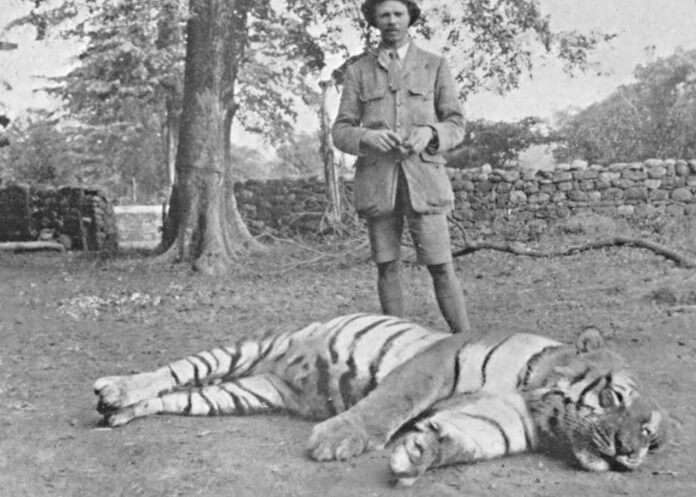 Killed 436 people.
Killed 436 people.
Tigers are one of the scariest animals in the world... They are fast, strong, aggressive and not afraid to engage in mortal combat with humans.But the scariest man-eating tiger in history is the Champavat tigress, which hunted humans between Nepal and the Himalayas. This happened at the end of the 19th century.
Her attacks were so frequent and deadly that people called this animal the devil, and even the punishment of God. Many hunters tried to kill the Champavat tigress, but she was too quick and cunning.
Finally, the government of Nepal has decided to end the problem once and for all by sending soldiers in search of the killer tiger. And even the army could not cope with the striped monster. However, the tigress was forced to leave her habitat and moved to India, where she continued her bloody hunt.
She grew so bold that she began to attack during the day and wander around the village.
But even this man-eater ultimately found control in the person of the hunter Jim Corbett, who (ironically) became one of the founders of the first programs to save tigers in the wild.
2. Lions of Nyombe
 The death toll is 1.5 thousand people.
The death toll is 1.5 thousand people.
In 1932, a flock of lions began to terrify the inhabitants of the Tanzanian city of Nyombe.
Local folklore claims that these lions were the "pets" of a local shaman who was ousted from such a prestigious position and used predators as a weapon of revenge on his tribe.
Although the people begged to restore the shaman "at work", the tribal leader did not listen to anyone. And the lions continued to attack and kill people, and the number of murders exceeded 1,500.
By coincidence, the attack of the man-eating lions stopped as soon as the shaman returned to his duties.
1. Crocodile Gustav from Burundi
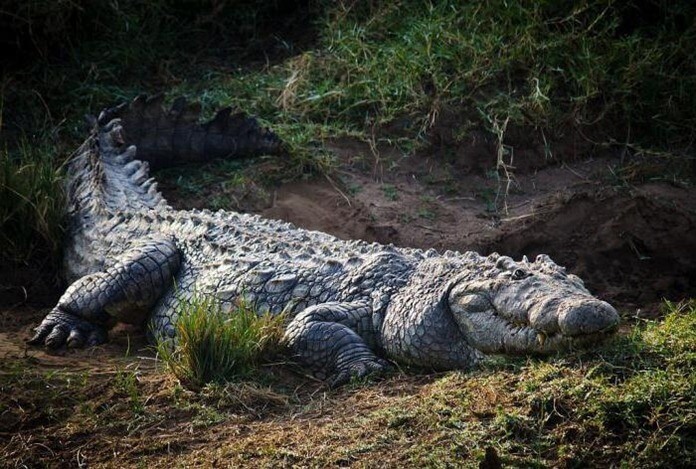 Killed at least 300 people, the exact number of victims is unknown.
Killed at least 300 people, the exact number of victims is unknown.
Why is this particular crocodile topping the list of the worst killer animals in history? Because he, unlike all the other members of this sad hit parade, is still alive. And it is not known how many more victims will be on his account.
This Nile crocodile is supposedly seven meters long and weighs about a ton. It is the largest Nile crocodile and the largest carnivore in the entire continent of Africa.
There is even a movie called Capturing the Killer Croc, which was inspired by the story of this cannibal.
Natives say that Gustav does not kill for food, but for pleasure. He killed several people during each attack, then disappeared for months or even years and reappeared elsewhere.
His skin bears countless scars from custom-made knives, spears and even bullets. But all the hunters (and even a group of armed soldiers) could not kill this monster.
Why are man-eating animals targeting humans?
There is no overarching theory covering everyone from crocodiles to wolves to lions, as the cause of cannibalism in animals depends on the species and circumstances.
- It is possible that man-eating animals have injuries that make hunting strong prey difficult or impossible. For example, an examination of the corpse of a Champavat tigress showed that her fangs were broken, probably due to a shot. An animal with damaged teeth or broken claws can hunt people in order not to starve to death.
However, this does not explain the behavior of other animals, such as the Rudraprayag leopard, which appeared to be perfectly healthy. In addition, dental trauma will not stop crocodiles from habitual hunting, as their teeth fall out and grow back throughout their lives.
- Another explanation could be the lack of normal prey. In areas where humans crowd out large herbivores, larger cats may have to turn to a less preferred bipedal diet. It is also possible that during an armed conflict, an excess of unburied corpses contributes to a change in the menu of large predators, prompting them to see tasty prey in living people.
Whatever the cause of cannibalism in animals, it reminds us that humans have never made it to the top of the global food chain in all contexts. For some beings, we are just food.

